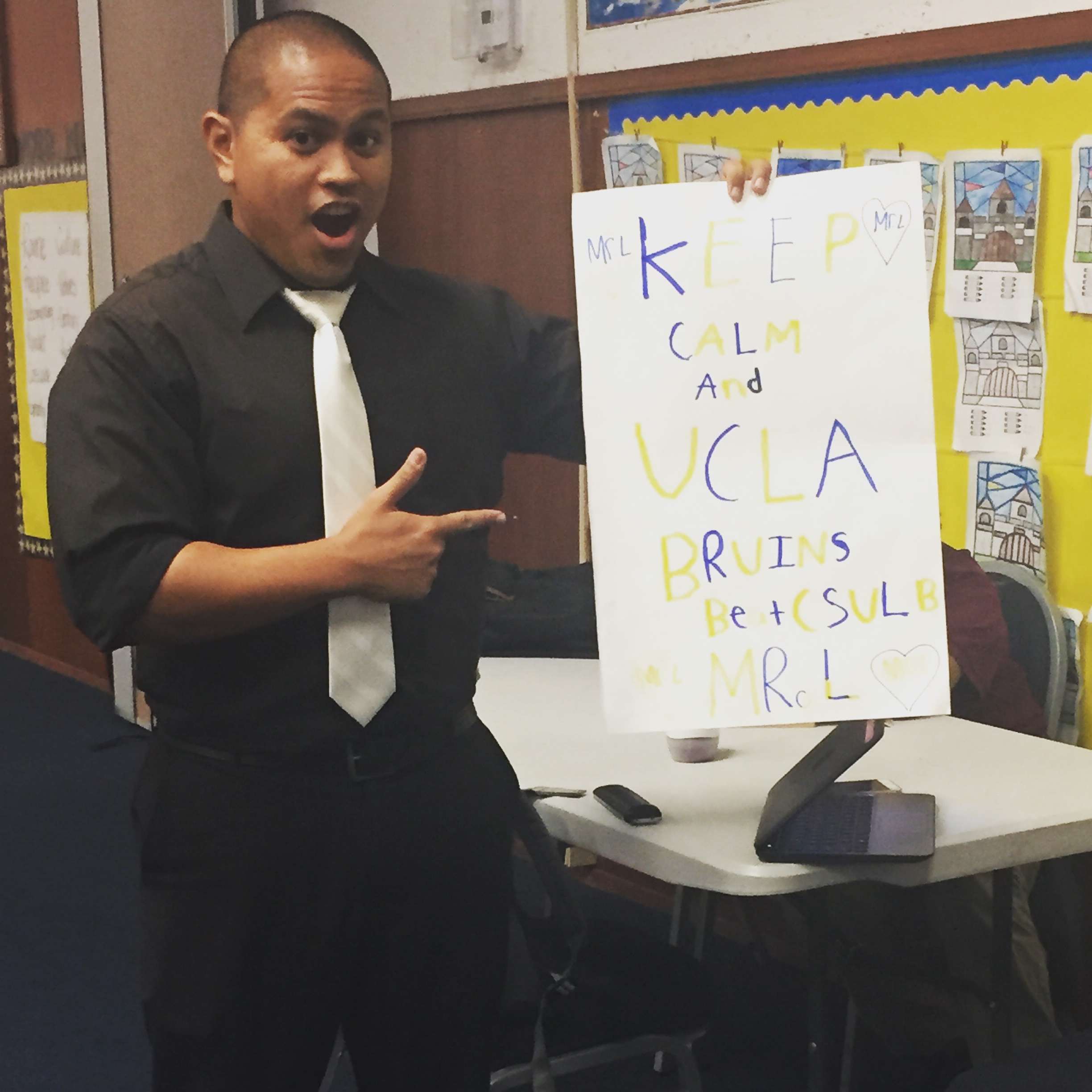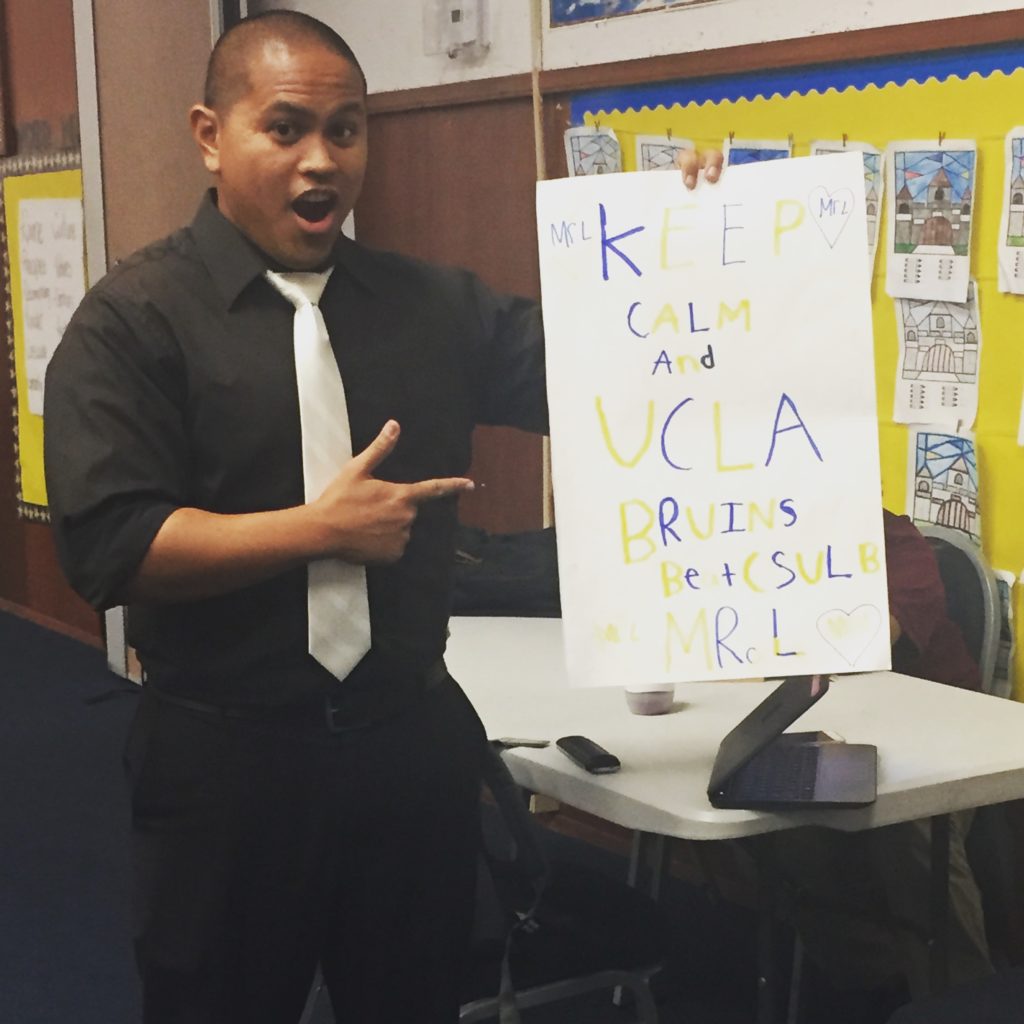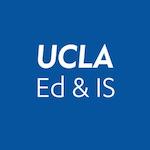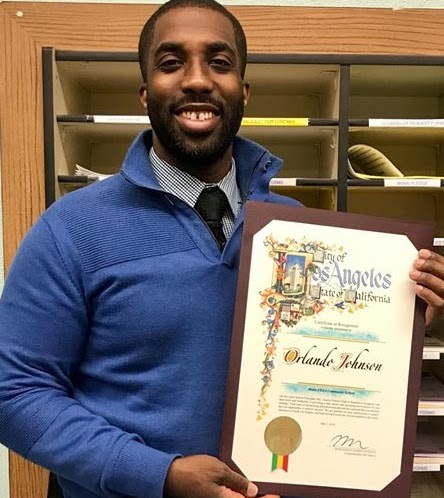
An Interview with Mr. Arbin Lubiano
Educators have emerged as universally recognized heroes of this pandemic. Schools and teachers have been rightfully lauded for their tireless work transitioning their learning online, ensuring all students have access to the necessary technology, and helping students engage with new forms of learning. Yet, somewhat lost in the broader conversation about the transformation of learning during this crisis have been the why, how, and what of instruction. In setting up the necessary systems to teach online and ensuring students’ basic needs are met, we have taken a break from asking some of the most fundamental questions that define us as educators.
In a recent interview, Mr. Arbin Lubiano, our middle school math, science, and history teacher, talked extensively about his core beliefs about teaching and learning that he has carried over to virtual learning. His perspectives remind us that we have to think beyond access to technology, and think more deeply about the kind of instruction we hope to achieve and why.
In the interview, Mr. Lubiano talked about how facilitating meaningful dialogue that all students can participate in allows him to build a classroom that values and encourages critical thinking, perseverance, and growth. He talks about how important these traits are in these highly political and inequitable times. The following are excerpts from his interview:
Why authentic dialogue with students is important

The United States shouldn’t be this way, but it’s not too shocking. We are the country with NASA and flat-earthers. During a time of crisis, we are seeing people ignore science, while the political system is relying on the most vulnerable people in our society to take the most risks during this pandemic. As an educator, it makes me feel inadequate. I ask myself if we are doing enough for our students to understand the political and social aspects of what is happening. People like our students should be the ones getting the most resources, but people who need them less are the ones getting the handouts. We have to think about these things because our social problems are interlinked with education. How do we support the neediest students? Those who are homeless, students who are newcomers. As a minority, I can only imagine how difficult it has been, and I know I got here because I got help from people before me.
I think the most important part of preparing students for something like this is putting the human elements into teaching by centering dialogue. Talking to them at a human level. When you are able to talk to students and create a space for safe dialogue, they are more likely to take risks. That;s very important. For example, in math, you’re often seen as a math person or not math person, but by creating space for dialogue, we can change that. When you’re able to have that human element, you can do things you couldn’t do before. Students can participate. I’ve been successful because I care so much about dialogue. I think I was able to show great gains in academics because my students and I were able to do it on a human level. Students who were ahead were examples for students who were behind. Without competition, we can all move forward. Everybody as a collective can push each other up. Learning math is talking to each other. We can get students to think more critically when we have that dialogue. It changes the culture of the classroom.
When I was a student, we used to say, “I’m smart, they’re dumb.” I tell my students not to think about it that way. I encourage them to ask, “how do you think you can help that person get better?” I think I have had success in that way. Kids who are “smart” were happy to help students who were struggling, and vice versa. And there’s something that happens when you have that relationship. This kind of culture allows me to ask important social questions like, “what’s wrong with being gay?” One thing I’ve been trying to do recently is getting students to look at information introspectively. Getting them to really look at their own thinking in relation to the facts. For example, the pandemic is disproportionately affecting African Americans and people of color. Existing problems like food deserts and health care are heightened, and I am asking my students how those things affect us now. We are trying to give the kids a lot more of a global perspective on this. If you look at the people on top this is a “break” for them. People at the bottom have to work. It’s a dialogue I’ve had with the students and they’ve been receptive. I think they can connect to that.
This is anecdotal, students have gotten more computer savvy because of this situation. I think they got more independent too. They help each other find resources, a student who is difficult, she was lecturing other students about going to class. Another student who cussed me out last time we spoke but has been really apologetic about missing class. He said that he can’t come to class because he has siblings. Because I can have these conversations with kids I can get these insights too. He needs to take care of all his siblings because mom still has to work. But because of technology, I’ve been able to say you have these new tools. And being able to challenge their way of doing math. Kids don’t know you care until they know how much you care.
Improving math instruction through partnership with UCLA
I’ve also been drawing from my partnership with UCLA through the Carnegie Corporation that hosts a community of math teachers across the city. My colleague from UCLA, who is a Math coach, and I have similar perspectives on the way how all of this is affecting us. In our partnership to improve math instruction, we ask questions like, “how will we revolutionize the way we teach?” There’s no such thing as going back to the way it was. Look at what the internet has done. It is something we are figuring out together. Nearpod, Flocabulary, those tools are very useful, but I’m trying to go further and use current events more as a teaching tool. For example, for homework assignments, I’ve been asking students to read articles and think about the connections to math. With these goals, The math coach and I pull together resources on how we can support the kids. It’s why I appreciate the community school approach because I really like how we can bounce off ideas between each other and between the community schools. It’s really cool how it’s one big experiment. We can talk to each other about what’s working. What’s not. It’s made our math instruction better across the community schools. It’s growing organically. We’re not an island. We’re all in this together. We have so many options on how to respond to specific situations and different students. There’s power in connecting with different schools.
It’s so different when you don’t have a human connection online, but now it’s easier to point out the different things that are happening in the world through our math. I like to give students open ended questions in math, and have the students discuss solutions. It gives pathways for students to talk to each other in mathematical terms and discourse. I like it because it democratizes math. When students become accustomed to finding solutions to difficult problems together, and develop the ability to communicate effectively, they develop the ability to ask and find solutions to larger questions too. Like, “how do we think about solutions to avoid another outbreak?” You can apply this open thinking to everything. How could we have mitigated it? How can we support? People can get creative that way. This is why I try to connect my math instruction to real world solutions..
If a kid gives me something incorrect, then I can ask, “why does that not work?” “Why does this work?” When you make it so that it’s ok to make mistakes, you can do that. When you make it so that mistakes are punished, that’s where a lot of math phobia comes from. It will help students question things better. There is power in that in my opinion. It’s ok for you to question me. Just be respectful. And make sure when you are presented with new information, be ready to change the way you think. That’s why I try to evolve my math instruction too. What can I change? It’s like drafts in writing. We should do that in math. There’s so much power in that. To change the culture. I’ve been careful not to just tell students what to do. The idea is to help them think. The future is bright if we can do that. It shows the kids that everyone has potential regardless of socioeconomic background. If they can see that there are a number of ways to get the right answer. I always tell the class at the beginning of the year. I dropped ice cream because I tripped over. Then I tell the kids, ever since then, I always check when I’m eating ice cream that I see where I’m going. That’s like math. It sucks when you make a mistake, but you need to learn from that and it’s part of growing up. Students now ask me, when they don’t do well in a test, “when can I retake it?”.





